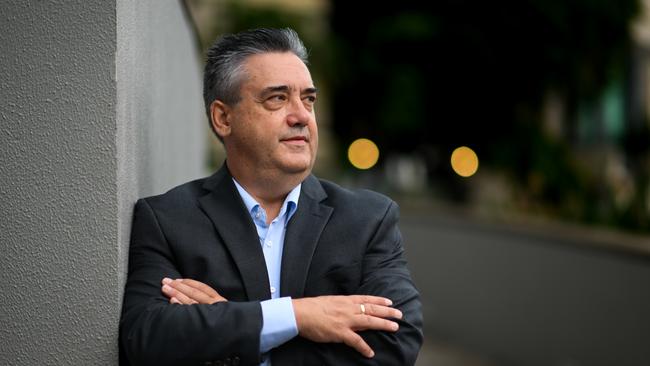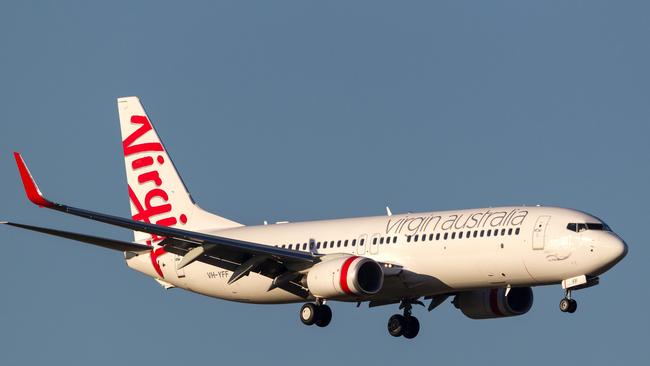The market for initial public offerings went from bad to worse this year
The market for initial public offerings went from bad to worse this year, but among the best share price performers were some surprising finds.

The market for initial public offerings went from bad to worse this year as hopes that the dearth of new listings in 2022 was the nadir for the Australian market proved a false dawn and 2023 saw the IPO market dry up almost completely.
There were only 44 listings in 2023 and two months - February and April - only had a single new listing on the ASX, which is down on 2022 when 104 companies were newly minted on the public market.
It is well short of the 241 listings registered in 2021 when huge amounts of cash sloshing around the economy were looking for a home.
Despite 2023 ending with a series of high-profile merger and acquisition deals led by the multi-billion dollar deal to backdoor list retail giant Chemist Warehouse into Sigma Pharma, the weakened appetite for IPOs points to a lack of confidence among investors and could mean a tough path for any companies seeking to float in 2024.
This could include the highly anticipated float of airline Virgin Australia with The Australian’s Data Room reporting in September that private equity owner Bain Capital was understood to have shelved plans to list the airline this year with any IPO of the carrier not on the cards until 2024 at the earliest.
The drop in activity is a near decade low and at just 44 listings for calendar 2023 it remains stuck well below the five-year average, which sits at around 145.

Despite this, the Australian market was among the busiest global exchanges for fresh floats, with many other international boards suffering even worse declines.
In 2023, the London Stock Exchange saw its IPOs for 2023 worth only a total of $US914m, down from $US17bn in 2021, to make it the worst year for floats on the LSE since the global financial crisis two decades ago.
Sandon Capital founder, managing director and chief investment officer Gabriel Radzyminski, told The Australian that investors could be weary or sceptical about new floats given the recent poor performance of IPOs and especially those that were sell downs by private equity owners.
“I think the thing to remember about an IPO is what’s actually happening. And more often than not one option is that another investor is looking to get out, that’s the private equity sell downs,” he said.
“The other option is the company is listing because it needs access to capital to grow. So I think they are two bookends of why an IPO takes place.
“I think in the former there were quite a few, let’s call them private equity sell downs, in the past that left investors with a pretty poor taste in their mouth and so it’s a case of, for a lot of people, once bitten, twice shy,” he said.
Mr Radzyminski said in an IPO process, there was always tension between vendors and people buying into the float.
“As a vendor, you want to maximise your sale price if you’re looking to get out. And so perhaps it’s also a case that recent IPOs that they haven’t had good aftermarket performance, and the other way of looking at that is to suggest that they were sold well by whoever sold them. So there hasn’t been much left on the table.”
Among the best performers for those IPOs was LTR Pharma, which is working on the clinical development and commercialisation of an intranasal spray treatment for erectile dysfunction, and whose shares are up 70 per cent from its float offer price.

Although, the pharma company only listed on December 11 and is still early in its trading life.
The executive chairman of LTR Pharma is Lee Rodne, who previously worked at Andrew Forrest’s Fortescue Metals group and was CEO and managing director for healthcare technology spin out Allied Medical.
Gold Hydrogen shares are up 59 per cent from their IPO price, making it the second-best performer, with the company exploring large scale, naturally occurring hydrogen prospective resources in Australia including in the Yorke Peninsula and Kangaroo Island in South Australia.
Gold Hydrogen is chaired by former foreign minister in the Howard government and ex Australian high commissioner to Britain, Alexander Downer, who has fashioned a new career for himself in working on the boards of mining and energy companies.
The worst IPO performers for 2023 include ACDC Metals (down 65 per cent) and DY6 Metals (down 52.5 per cent).
While the menu for IPOs in 2023 might have been scant, there were a few heavyweights with $3bn market capitalisation listings for the year - Freightways, Abacus Storage King and Redox.
Secondary raisings performed much better than the IPO market, with $31.9bn worth of secondary raisings in calendar 2023 compared with $39.9bn in 2022, so not as sharp a fall as funds raised for new listings.
On the new issuers front, there were three brand new issuers to the Australian market, including Dimensional Fund Advisers which issued three ETF products in Australia.
The poor year for listings was foreshadowed by the ASX when it unveiled its full-year results for 2023 in August to show that listings revenue growth was up only 2.2 per cent to $218.6m. Initial listing revenue was $23m, up 0.8 per cent.
There were 57 new listings in fiscal 2023 compared to 217 in the previous corresponding period and capital raised of $2.5bn was significantly lower than the $58.9bn raised in 2022 due to subdued market conditions
“As noted earlier, the uncertain macro environment has contributed to lower initial and secondary capital raising activity,” ASX chief executive Helen Lofthouse said at the full-year results presentation.
“Although it was a particularly quiet period for corporate listings, ETFs had a record year in terms of assets under management. We also saw record new product launches with 47 new ETFs admitted in the financial year. ESG-related funds continued to be a key driver, accounting for nearly a third of those new listings,” she said.




To join the conversation, please log in. Don't have an account? Register
Join the conversation, you are commenting as Logout